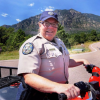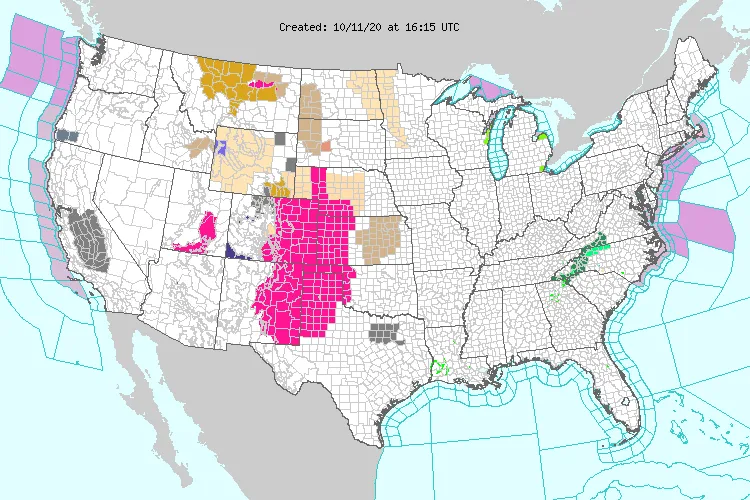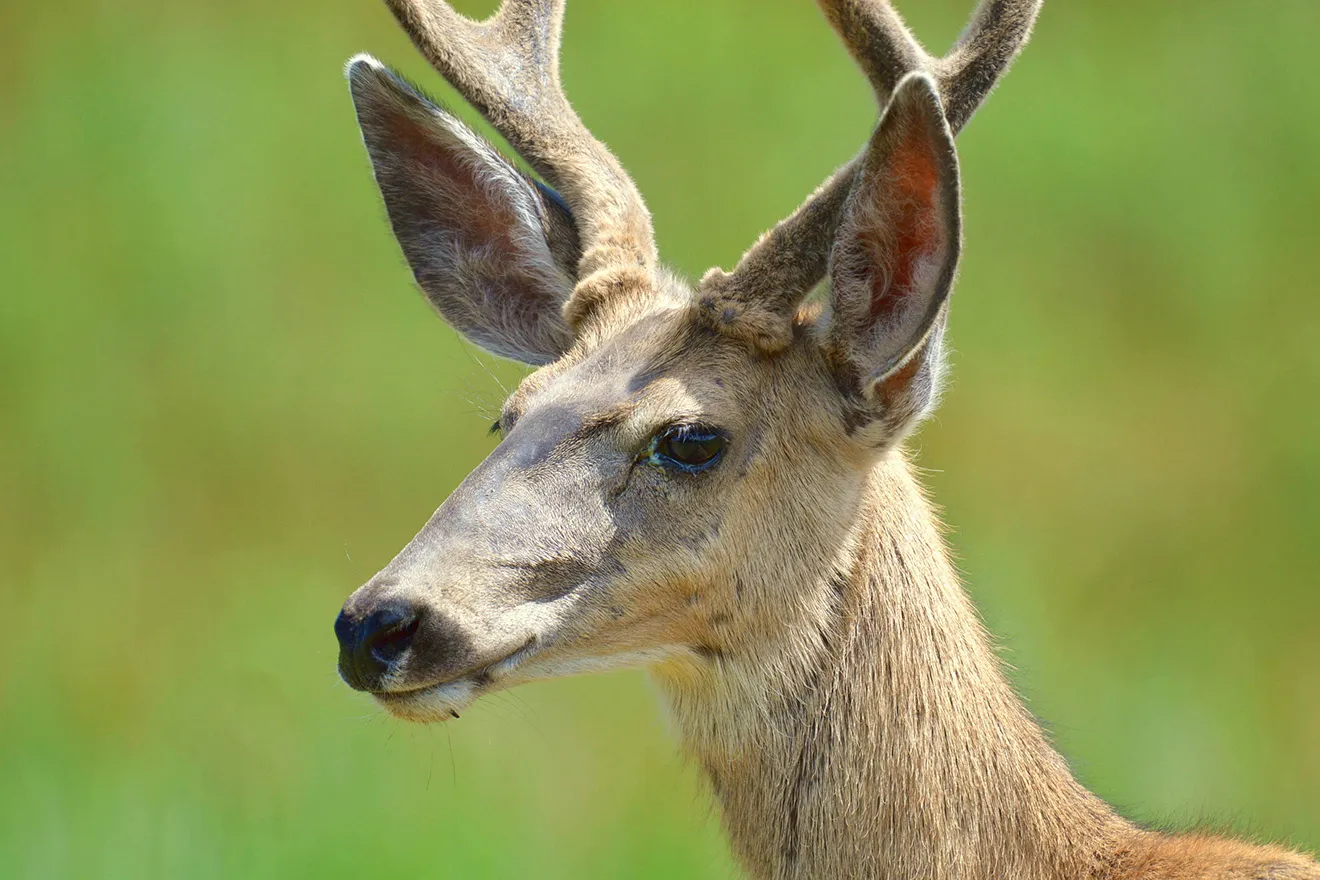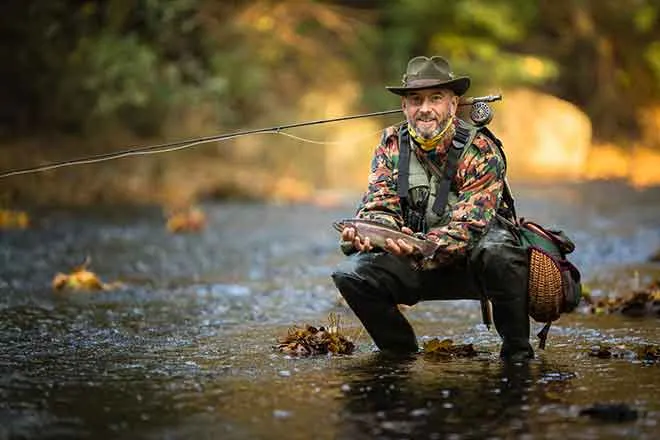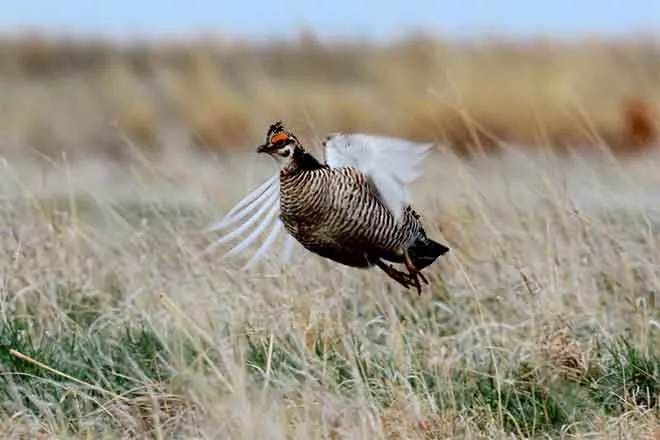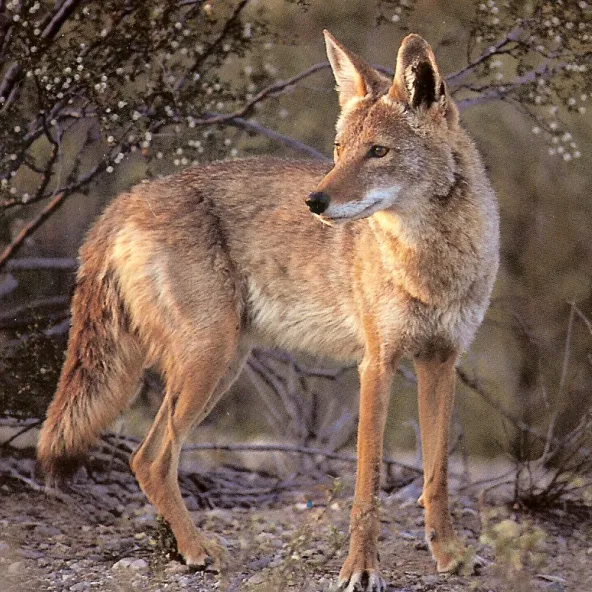
Ranger Station - Tips for choosing between hammocking, camping or glamping
As a young person I did my share of camping. In fact, it was one of my favorite activities. I would stuff everything I needed into a backpack, hike to a spot, toss up a tent and camp.
Sometimes I would sleep in the back of my truck. I even rode my horse into the backcountry and slept under the stars. Of course, I was young, and my body was nimble and it recovered quickly. Today, as a “mature” adult, my ideas of camping have changed a little.
I can still sleep in the back of my truck, but now I need an air mattress and a couple of Advil. I love to hike but prefer to return to my bed at the end of the day.
Lucky for me, and other aging Baby Boomers, the definition of camping has changed over the years. You can sleep under the stars in the backcountry. Swing from trees in a hammock. Tuck yourself inside a tent, snug in a high-tech backpack on an air mattress or foam cushion or a basic pop-up camper. Or go “glamping" – a more glamorous alternative to camping employing luxurious trailers and motorhomes.
The latest craze is hammock camping, fueled by ad campaigns showing a romanticized view of above-the-ground sleeping. Unfortunately, hammock camping has some major drawbacks.
Most important to know is that hammocks are not allowed in many Colorado State Parks because the straps used to attach them to trees can injure or scar tree bark. Damaged bark invites parasites and diseases that kill the tree and possibly others around it.
Another big consideration is whether the area where you want to go has trees capable of supporting a hammock. Some parks are beginning to offer a rental frame to allow you to use your hammock in a traditional campsite.
You may want to consider buying your own frame if you camp frequently. And keep in mind that hammocks offer no insulation other than what you wear, and a mosquito net may be needed.
The other trend is toward glamping in luxury motorhomes. Folks who pulled pop-up trailers in the past – and who tired of being battered by winds, getting soaked in rainstorms and shivering in the cold – now are choosing motorhomes, deluxe camp trailers and buses.
The advantages include security in storms and protection from roaming predators. And they allow you to bring your favorite amenities with you for extended stays. But be sure to do your homework to ensure your intended destination can accommodate your rig.
For example, last summer Lake Pueblo State Park upgraded its entire power distribution system. Each of the park’s 281 electrical campsites now enjoy 20/30/50-amp service to meet the demands of modern campers. (There remain 119 primitive campsites without any power.)
Trends aside, there are still plenty of options for folks who prefer backcountry camping after a long hike into the wilderness. Again, you need to plan ahead and research the area you are going to confirm backcountry camping is allowed and whether you can choose your own spot.
The research is easily done online by browsing CPW’s website, the U.S. Forest Service site and private camping websites.
Want a different outdoor experience? Did you know you can go to many state parks and rent cabins, yurts or even tree houses that fit your whole family. This is a great way to explore, be comfortable and enjoy all that Colorado has to offer.
Happy camping!
As always, please give me a shout if you have any questions I might be able to answer.

